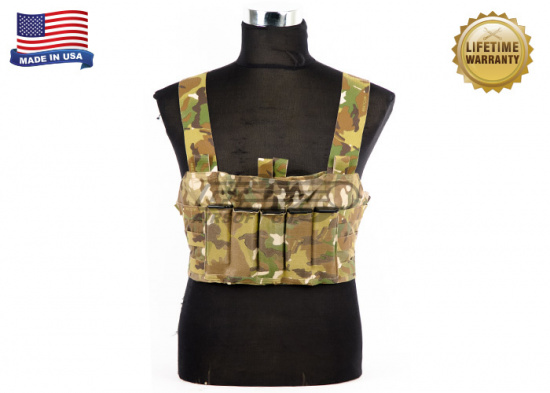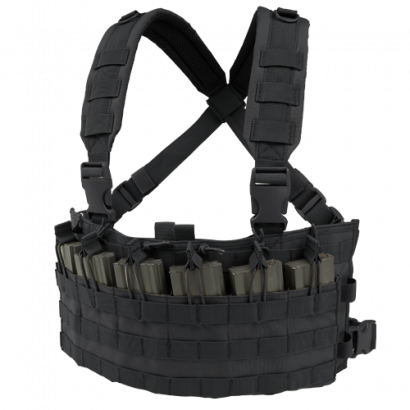June 13, 2019
So you read our First top five article and snagged a gun for playing outdoors (or ignored it in favor of a killer speedsofter blaster) and don’t know what to get next. We’ve got you covered yet again, with a list of less obvious must haves.
Everyone knows the basics to get started. You’ll need a gun, ammo, and some basic safety equipment to get started; but what do you need after that?
1. The Smart Charger
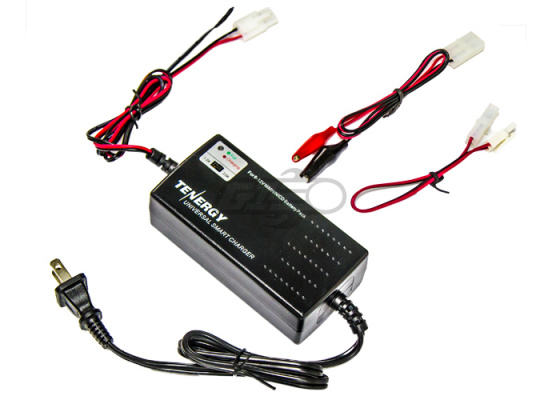
Whether you are dealing with Lithium Polymer (or LiPO) or Nickel batteries like NiCad and NiMH batteries, you’re going to need a charger. You may think that the charger that was included with your gun is enough, and it can be for a game or two, but very quickly you’ll grow tired of the long waits to charge batteries and the guesswork to see if it’s fully charged or not. That’s where the smart charger comes in. It takes all the guesswork out, and often is much faster than the pack in trickle chargers that come with most beginner guns.
The differences between chargers can be vast, and a little confusing, but starting with something like this Tenergy LiPO charger or this Valken Nickel Battery charger can be the first step. If you want to graduate to something a little higher end with LCD readouts and all kinds of diagnostic tools feel free. Just read the instructions first!
2. Boots
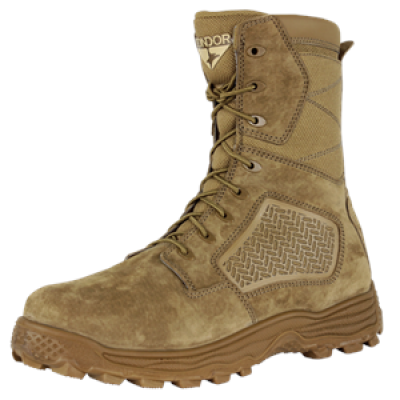
The next thing most airsofters forget about is proper footwear. Airsoft is an athletic activity, and as such you need to have proper athletic equipment for the environment you are playing in.
Since airsoft is commonly played outdoors, on uneven ground, proper ankle support is a must. There are a million styles of boots on the market, and you can get some awesome styles from Condor and Under Armor but the most important thing is that you get boots that are comfortable and fit your feet well!
3. Slings
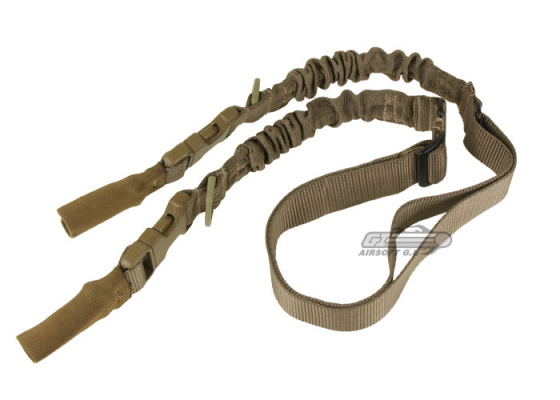
The last thing you want to do when you are enjoying a day at the airsoft field is fatigue yourself for no reason. Slap a sling on that new rifle so you can give your arms a rest in between games or while you’re waiting to respawn.
You have a ton of options, and which one is best depends on you, and the gun you are attaching it to. One point slings like this one are great for small light games or playing indoors. Two point slings can be amazing for longer rifles or for players that want to distribute the weight of the rifle better when it’s not being held up. If you really wanna get wild, pick up a three point sling and get stuck in a web of sling spaghetti while you play.
4. Hydration
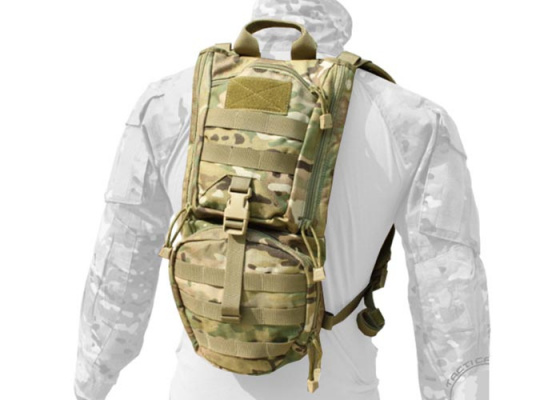
Airsoft being the athletic activity that it is means that it will deplete your nutrients stored in your body. This includes water, electrolytes and salts. You need to keep these replenished and that means staying hydrated so you don’t suffer from heat stroke while you play.
Your options to accomplish this task are again plentiful. You can simply tuck a water bottle into your pocket, but if you want to be a little more high speed, picking up a backpack or a hydration carrier to attach to your vest is a wise choice. If you need that space for pouches, consider something like this ice plate from Qore as well.
5. Holster
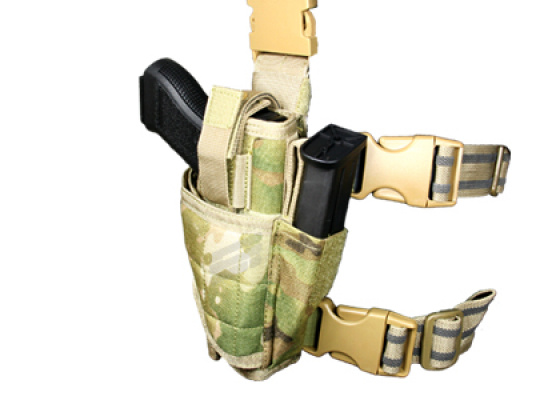
The last most common thing new players tend to forget is a way to carry a sidearm. Often, new players get so wrapped up in making sure they get the best possible new blaster, that they forget they need a place to put it. While a magazine pouch is more than adequate much of the time, investing in a quality holster is key.
You can go drop leg, vest mounted, or even something on your hip. The important thing is that you have one that fits tightly to your gun, so you don’t lose it while you play!
Hopefully this clears up any confusion some of you new airsofters may have about what you really need to get out and play. Don’t forget your facemasks and ammo too! Stay safe, have fun, and sling some plastic!


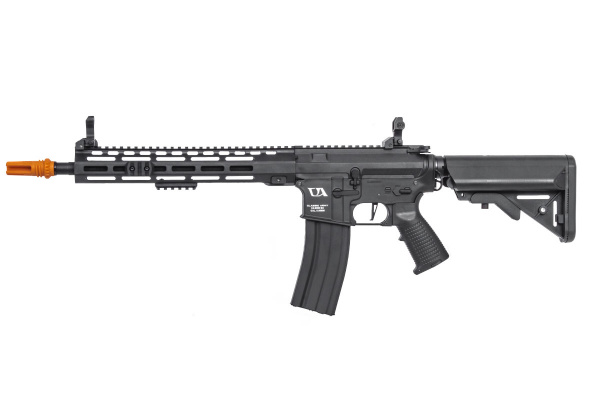
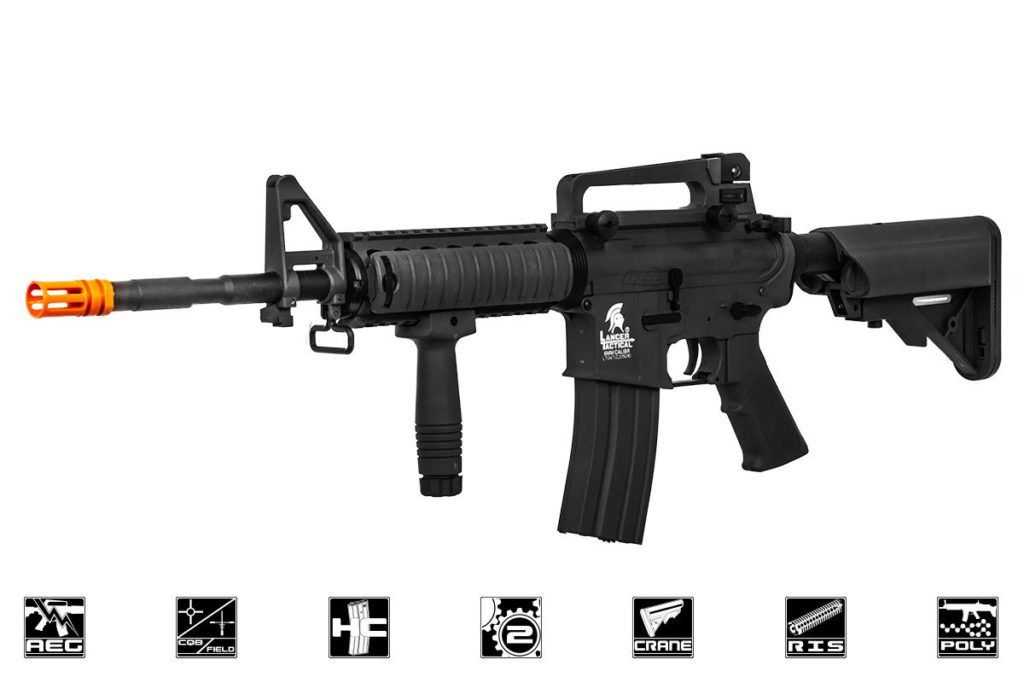
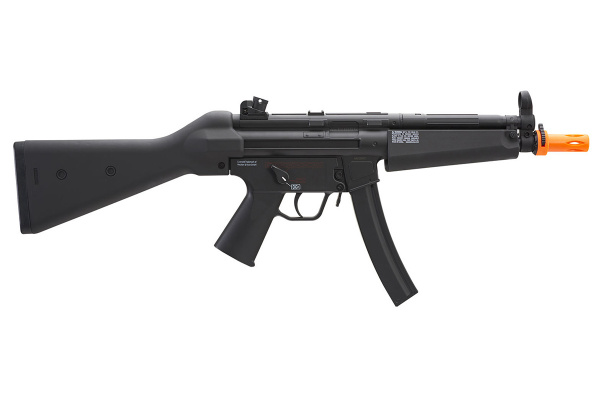
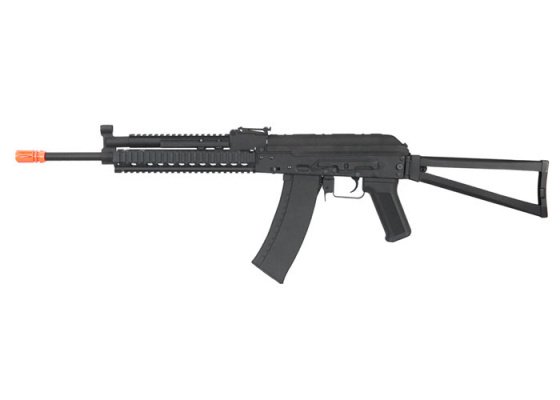
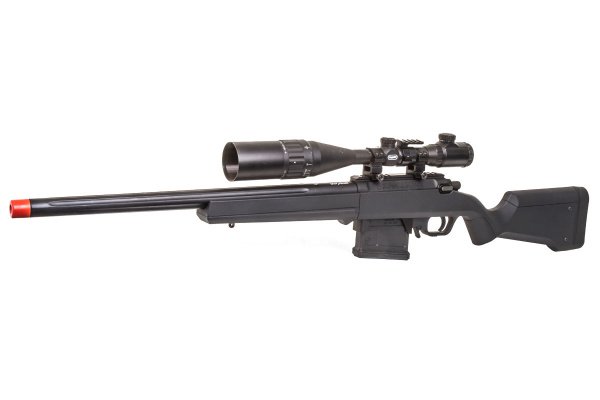
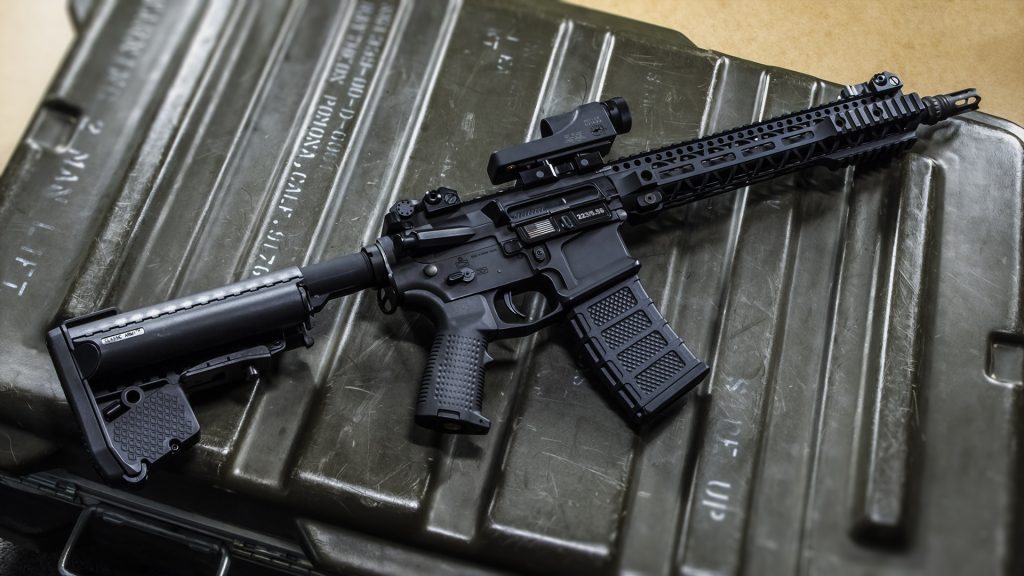
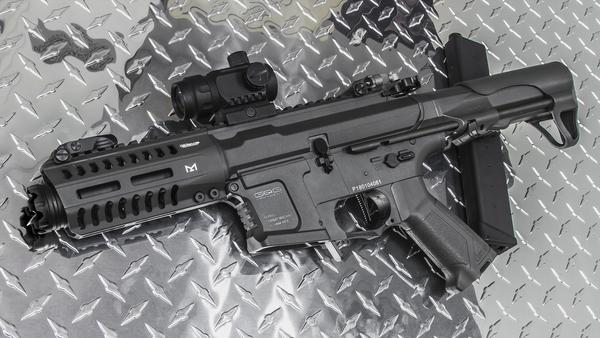 The difference between the two is a couple of things, the G28 is purpose built to be accurate at long range, and the M4 is built to be a versatile assault rifle. The G28 has a longer barrel, which lends itself well to slightly higher velocity for every BB weight when built properly, as well as tighter groupings across the board. This means if someone is peeking out from cover at long range, the BB has a shorter flight time, and is less likely to veer off course during that flight due to lack of stabilization within the barrel. Meanwhile, the aforementioned M4 was built to compensate for the short comings of the shorter barrel and specializes in use with heavier weight BBs to take advantage of the specific build it uses.
The difference between the two is a couple of things, the G28 is purpose built to be accurate at long range, and the M4 is built to be a versatile assault rifle. The G28 has a longer barrel, which lends itself well to slightly higher velocity for every BB weight when built properly, as well as tighter groupings across the board. This means if someone is peeking out from cover at long range, the BB has a shorter flight time, and is less likely to veer off course during that flight due to lack of stabilization within the barrel. Meanwhile, the aforementioned M4 was built to compensate for the short comings of the shorter barrel and specializes in use with heavier weight BBs to take advantage of the specific build it uses.